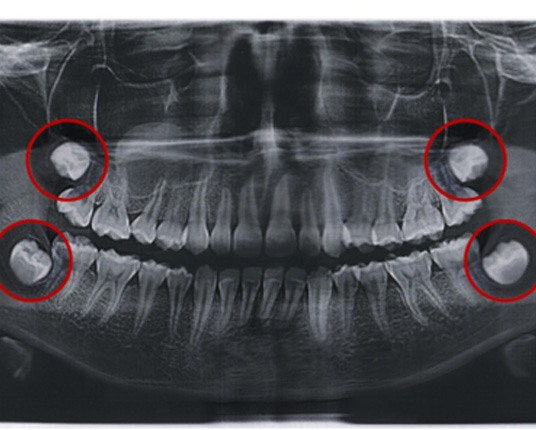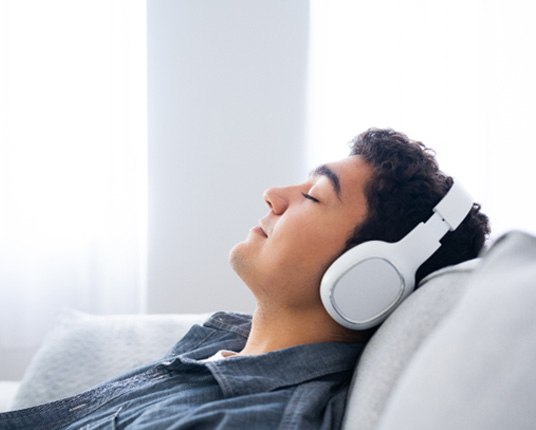Pediatric Wisdom Tooth Extractions – St. Catharines and Hamilton, ON
How We Make Problem Teeth Disappear
It’s a rite of passage almost every child goes through in their teens, and it isn’t graduating from high school or getting their driver’s license! Rather, it’s having their wisdom teeth removed, which tend to appear starting around age 16. For reasons we’ll touch on below, they typically cause nothing but trouble, and often the best solution is to remove them. At Coral Kids Dentistry & Braces, every wisdom tooth extraction in St. Catharines and Hamilton we perform is done with anesthesia provided by our on-staff dental anesthesiologist, ensuring a comfortable procedure for young patients that also allows parents to breathe easy.
Why Choose Coral Kids Dentistry & Braces for Wisdom Tooth Extractions?
- Dental Anesthesiologist on Staff
- Led by Two Certified Pediatric Dentists
- Friendly Team with Years of Pediatric Experience
What Are Wisdom Teeth?

The wisdom teeth are actually a third set of molars. They get their name from the fact that they come in much later than the rest of the teeth when the person should be much wiser. Researchers believe that they are essentially meant to be replacements for the molars that would inevitably become broken and worn down due to our ancient ancestors’ rough diets. But thanks to advancements in cooking and dentistry, they tend to just make things crowded and cause pain.
Why Do Wisdom Teeth Need to Be Removed?

Simply said, most people just don’t have enough room in their mouth for the wisdom teeth. This can lead to them pressing on the nearby teeth, shifting them while also causing quite a bit of soreness. The pressure may even force them to come in crooked, which can easily move neighboring roots and create bite misalignment. The wisdom teeth also tend to increase the risk of cavities because they can be very difficult to fully clean, plus they create a flap in the gums that traps a lot of food and bacteria.
To alleviate all of these problems and prevent even worse ones from developing later on, the most effective solution is to simply extract them.
What to Expect From a Wisdom Tooth Extraction

We’ll keep an eye on your child’s wisdom teeth at each of their regular checkups. That way, we can recommend having them removed before your child experiences pain. For the actual procedure, the areas around the wisdom teeth will be numbed, and your child will also be given anesthesia. This will help them remain calm and reduce any unpleasant nerves or sensations they might feel. This makes the procedure more pleasant for them while also allowing our team to work very efficiently.
Once your child is ready, a small incision will be made in the gums (we usually need to remove the teeth before they have fully come in). The tooth will be broken into smaller pieces that are easier to extract, and this also enables us to use the smallest incision possible, reducing recovery time. When the tooth is out, we’ll suture the site closed. Depending on your child’s situation, we can remove all four wisdom teeth at once or space out the process across multiple appointments.
Recovering From Wisdom Teeth Extraction

Immediately after a wisdom tooth extraction, we’ll place gauze in your child’s mouth to control the bleeding. It will need to be changed every few hours. We recommend that your child take the rest of the day off to relax as they will likely be drowsy from the anesthetic, and this will give the treatment sites the best chance to form strong clots.
Make sure your child avoids drinking with a straw, spitting, or eating foods that require a lot of chewing in the first 24 hours. All of these can dislodge the clots that are essential for healing.
After the first day, your child should stick to soft/liquid foods and clean their teeth normally while largely avoiding their sutures. They should take any prescribed or OTC pain medication as instructed on the packaging. They should feel mostly normal after two to four days, and they will likely be able to resume their regular diet and activities in about a week.
